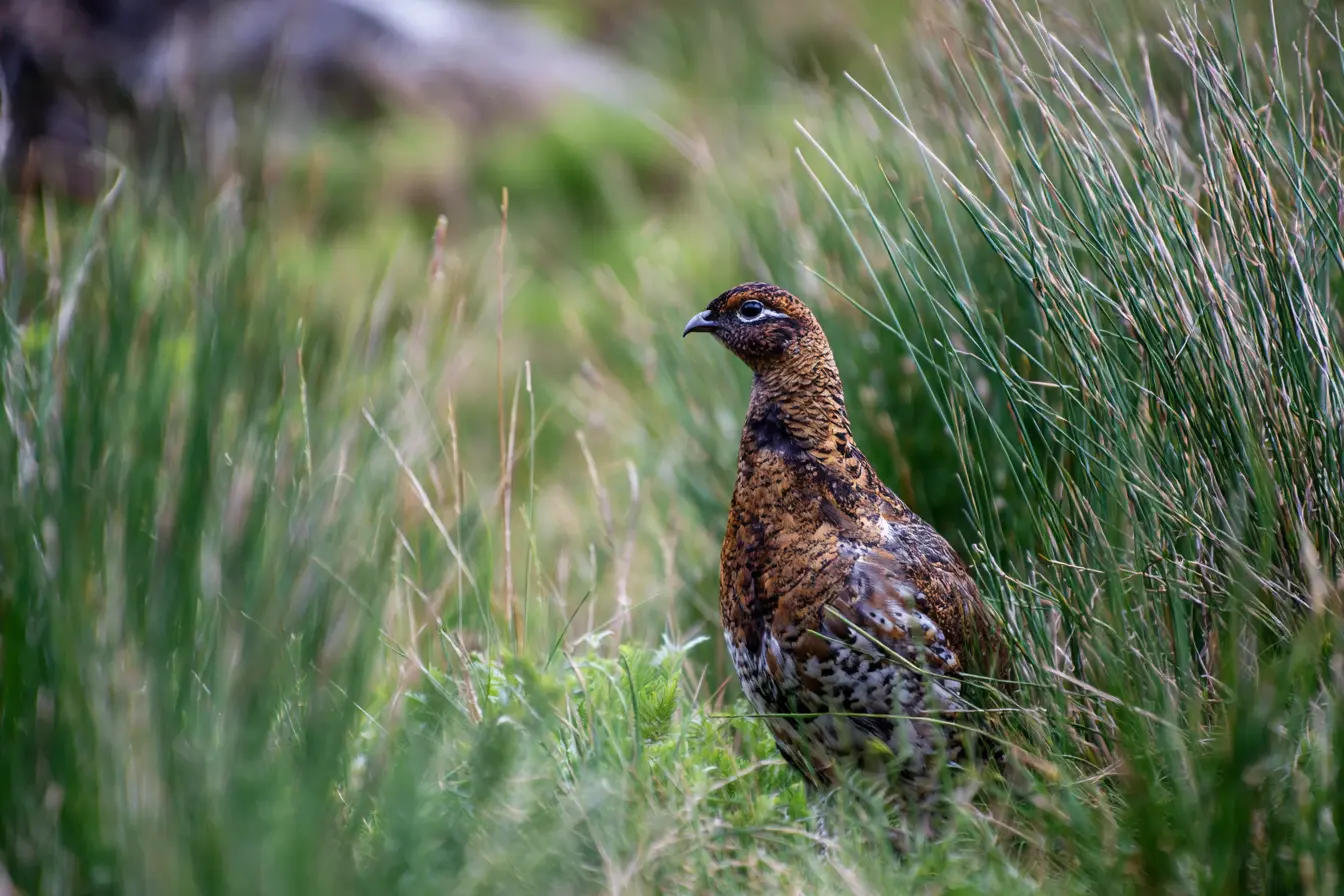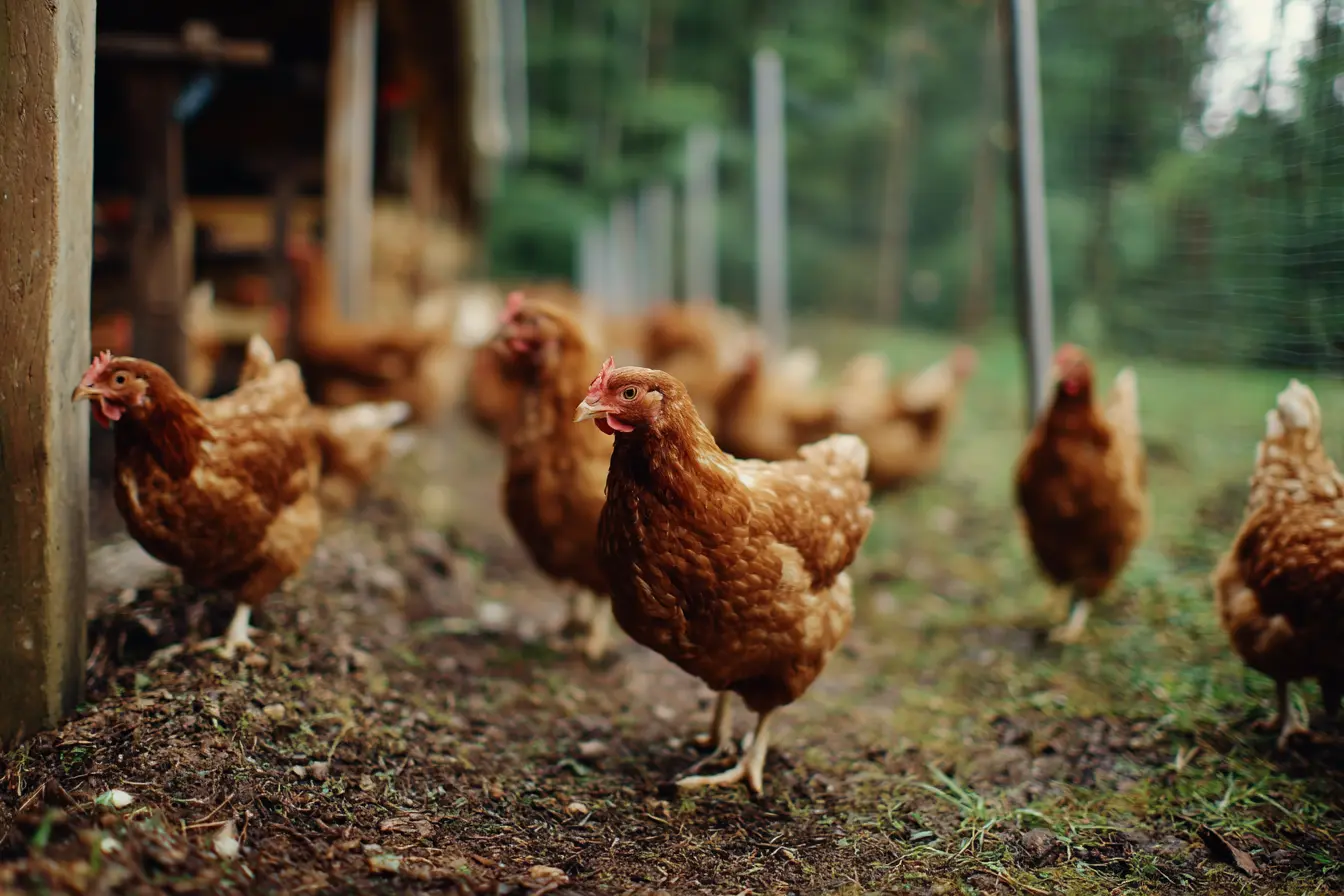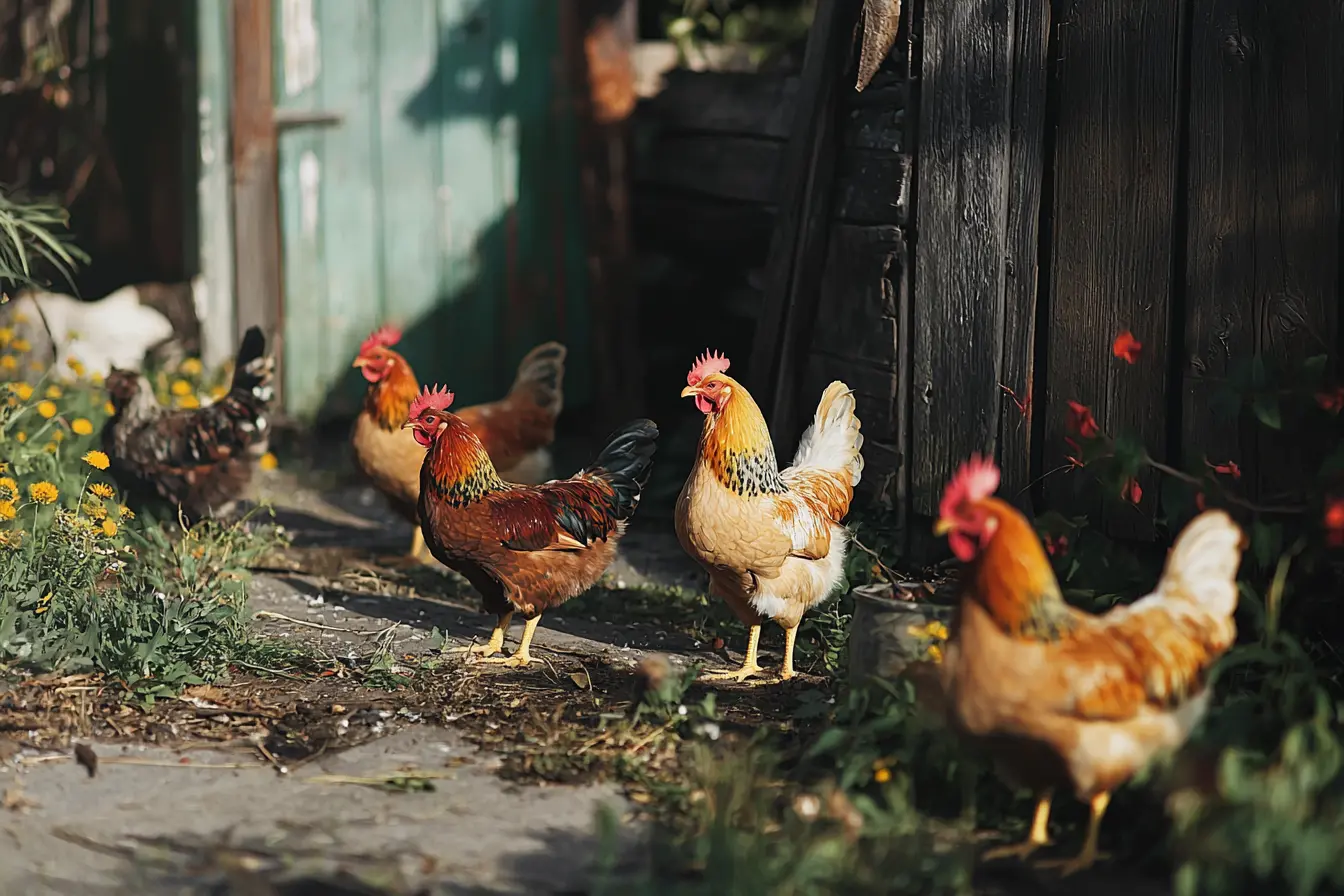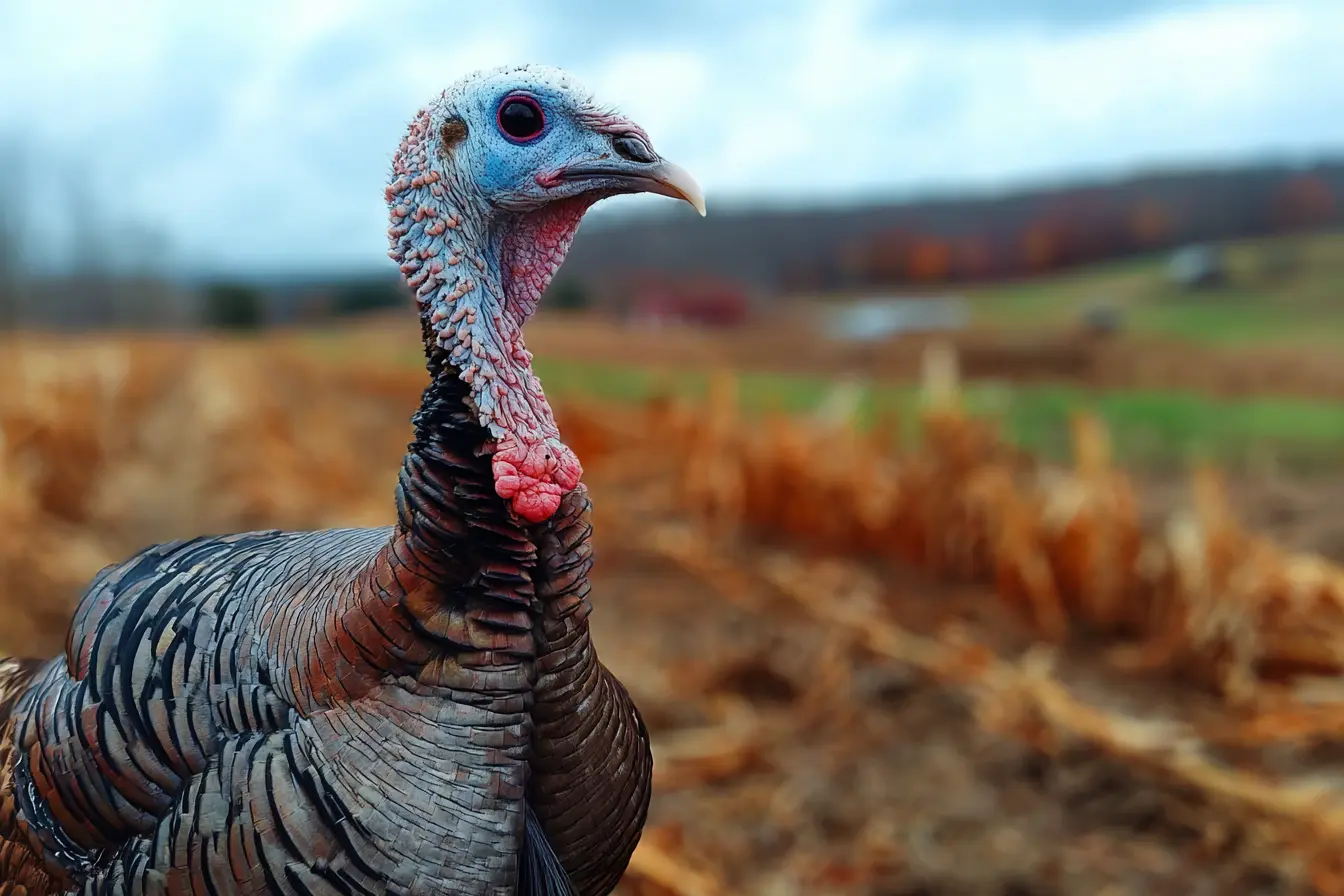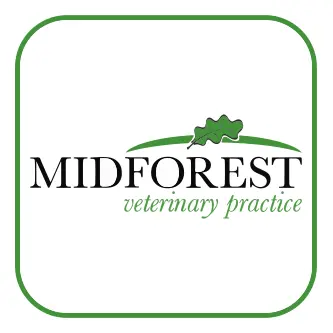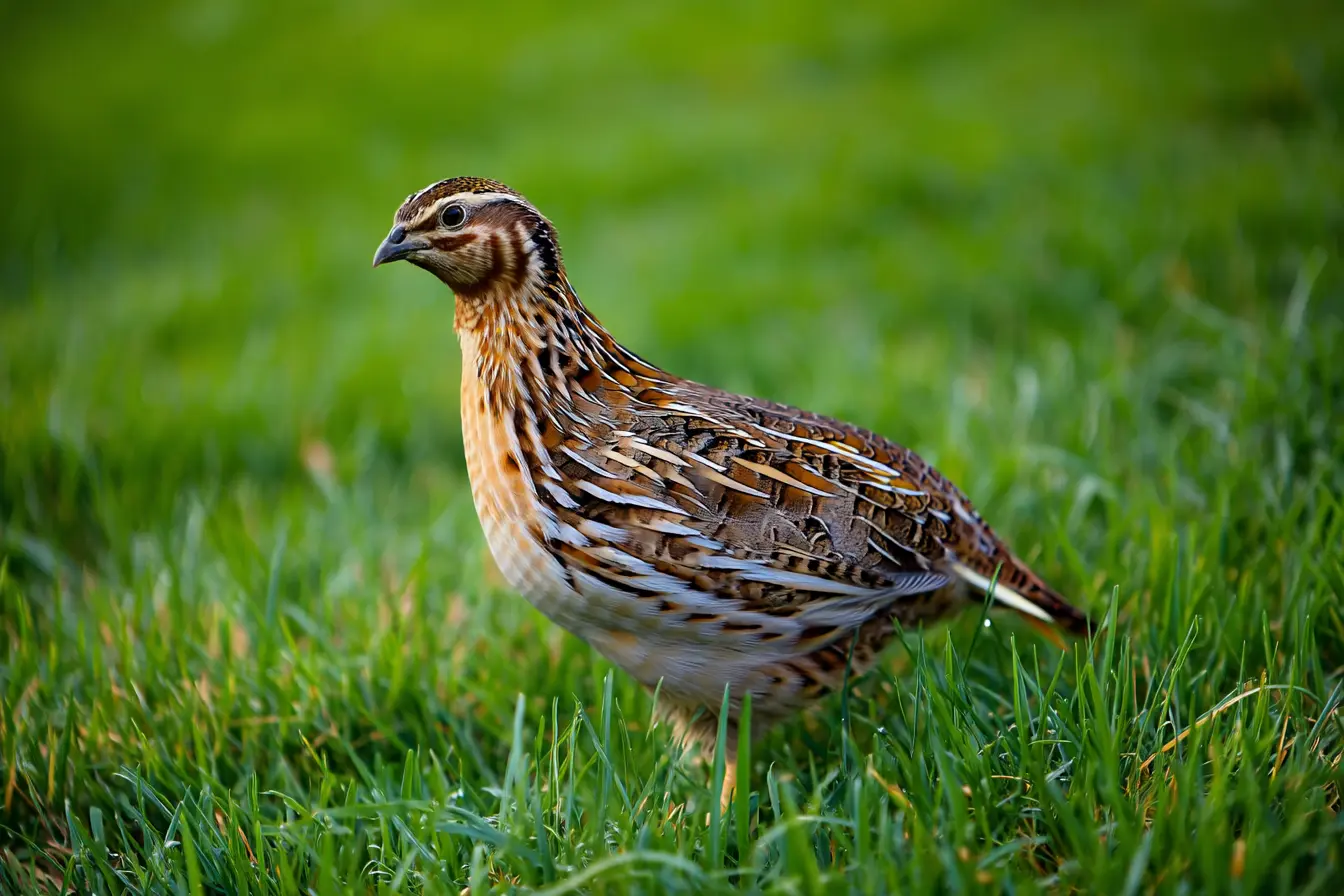
Understanding Different Types of Quail Eggs and What They Mean
Quail keeping has grown in popularity due to their compact size, quiet nature, and rapid egg production. With some breeds laying over 300 eggs per year, quail are prolific and rewarding layers. However, quail eggs can vary significantly in appearance, size, and content — and understanding these variations is key to ensuring your flock remains healthy and productive.
In this guide, we’ll explore the different types of quail eggs, what they mean, and how to address any issues you might encounter.
Typical Quail Egg Characteristics
- Size: 9–13 grams depending on breed
- Shell Colour: Typically mottled with brown, blue, grey, or cream patterns
- Shell Texture: Thin but strong, often with a slightly matte finish
- Shape: Oval with a slightly pointed tip
Note: Eggshell pigmentation and patterns are unique to each bird — like a fingerprint — and completely natural.
Shell Colour and Pattern
Quail eggs are known for their beautiful, speckled appearance. However, colour variation can sometimes signal a change in environment, nutrition, or health.
What Colour Variations Mean
- Consistently Mottled: Normal and expected.
- Very Light or Plain Shells: May indicate reduced pigment production due to stress, age, or nutrient deficiency.
- Unusual Colour Changes (blue, chalky white): Can be linked to reproductive disorders or severe stress.
Resolution
- Provide a calm, stable environment with minimal noise or disruption.
- Feed a complete layer diet formulated for quail (around 18–20% protein).
- Ensure hens are not overcrowded — no more than 1 male per 4–6 females and enough nest areas to reduce stress.
Shell Quality and Texture
Shell thickness and texture can reveal a lot about a quail’s diet, mineral intake, and general health.
Common Shell Anomalies and Fixes
Thin or Fragile Shells
Cause: Calcium or vitamin D3 deficiency.
Resolution:
- Provide crushed oyster shell or cuttlefish bone free-choice.
- Ensure birds have access to natural sunlight or full-spectrum lighting for vitamin D synthesis.
- Avoid feeding too many treats or seed mixes, which can dilute nutritional balance.
Rough or Grainy Shells
Cause: Calcium excess or minor shell gland dysfunction.
Resolution:
- Review calcium intake — avoid over-supplementing.
- Ensure birds are hydrated and have clean water available 24/7.
Wrinkled or Misshapen Shells
Cause: Reproductive tract stress or damage, or pressure from simultaneous ovulation.
Resolution:
- Give hens a break from laying by reducing light exposure.
- Minimise flock stress, especially when introducing new birds or changing housing.
Soft-Shelled or Shell-Less Eggs
Cause: Nutritional deficiency or sudden fright.
Resolution:
- Provide access to grit and mineral supplements.
- Keep the environment quiet and protected from sudden disturbances like pets or loud machinery.
Egg Size and Shape
Variations and What They Mean
- Very small eggs: Common in young quail just beginning to lay.
- Extra-large eggs: Might indicate a double yolker — not dangerous but not ideal long-term.
- Misshapen eggs: Irregularities in oviduct function or stress-related.
Resolution Tips
- Young layers usually regulate egg size within a few weeks.
- Limit artificial light to no more than 14–16 hours daily to avoid overexertion.
- Avoid excessive protein (>22%) in the diet unless breeding.
Internal Egg Quality
Yolk Colour
- Pale yellow yolk: Indicates a low-carotenoid diet.
Fix: Feed green vegetables, yellow corn, or commercial feeds with marigold extract. - Bright orange yolk: Sign of excellent nutrition — ideal.
- Blood or meat spots: Ruptured blood vessels during ovulation or tissue from the oviduct.
Fix: Common in young or stressed layers. No action needed unless frequent.
Albumen (Egg White)
- Thick and clear: Fresh and healthy — normal.
- Watery: Can suggest an ageing bird or heat stress.
Fix: Improve ventilation and reduce environmental temperatures. Collect eggs more often. - Discoloured or off-smelling whites: May indicate infection or contamination.
Fix: Discard the egg, sanitise the housing, and evaluate water cleanliness.
Double Yolkers and Other Anomalies
Double yolk eggs are rare in quail but can occur, particularly in early laying birds.
Resolution
- No action needed unless it becomes regular — large eggs can stress the reproductive tract.
- Provide plenty of rest, darkness, and a balanced diet.
Lash Eggs and Internal Issues
Although uncommon in quail, lash eggs (masses of tissue or pus) can occur due to reproductive infection like salpingitis.
Fix
- Isolate the affected bird.
- Maintain strict cleanliness in housing and nesting areas.
- Consult an avian vet for diagnosis and possible antibiotic treatment.
Fertility Clues (for Breeders)
If you're incubating quail eggs, variations can affect hatchability.
- Porous shells: Lower hatch rates — may lose too much moisture during incubation.
- Very pointed or round eggs: Can hinder embryo development.
- Discoloured or cracked shells: Often fail to develop — discard during selection.
Resolution
- Select evenly shaped, clean eggs for incubation.
- Store eggs pointy-end down, no more than 7–10 days before setting.
- Use reliable incubation equipment and monitor humidity closely.
Freshness and Storage
Quail eggs, due to their smaller size and thinner shells, should be stored properly for best shelf life.
Float Test
- Sinks and lies flat: Fresh
- Stands upright: Slightly older — use soon
- Floats: Likely spoiled — discard
Storage Tips
- Store in a cool place (ideally 4–10°C)
- Keep unwashed until ready to use to preserve the bloom
- Label with the collection date if storing multiple batches
When to Be Concerned
- A sudden drop in egg production
- Multiple birds laying abnormal eggs
- Persistent lash eggs, soft shells, or foul odours
- Visible signs of illness: fluffed-up feathers, reduced appetite, or lethargy
Troubleshooting Checklist
- Feed: Is it nutritionally complete for laying quail?
- Calcium: Are crushed shells or grit available?
- Light: Are your hens over- or under-stimulated with light?
- Stress: Is the environment calm, predator-proof, and properly stocked?
- Cleanliness: Are nest boxes and bedding changed regularly?
- Parasites: Are internal or external parasites present?
Conclusion
Though small in size, quail eggs provide big clues about your birds’ wellbeing. By monitoring shell quality, internal consistency, and changes in production, you can quickly identify issues and adjust their diet, environment, or care accordingly.
A healthy, happy quail flock will reward you with beautiful eggs every day. Stay observant, be proactive, and enjoy the delightful world of quail keeping.
Related Vets
Vets near you
Speciality vets
- Aquatics vet specialists
- Birds vet specialists
- Camelids vet specialists
- Cats vet specialists
- Cattle vet specialists
- Deer vet specialists
- Dogs vet specialists
- Equines vet specialists
- Exotic vet specialists
- Goats vet specialists
- Pigs vet specialists
- Poultry vet specialists
- Sheep vet specialists
- Small Mammals vet specialists
- Wild vet specialists
